Foot Corns
Foot Corn Diagnosis and Treatment
Foot corns are one of the most common causes of foot pain, especially if you’re on your feet all day, wear shoes that don’t fit, or have foot deformities. They may be small, but they can be sharp and nagging with every step.
At Vale Foot and Ankle, we treat corns more than just surface level. We want to relieve your pain, address the cause, and prevent recurrence, whether that’s in-clinic treatment or, when necessary, surgical correction.
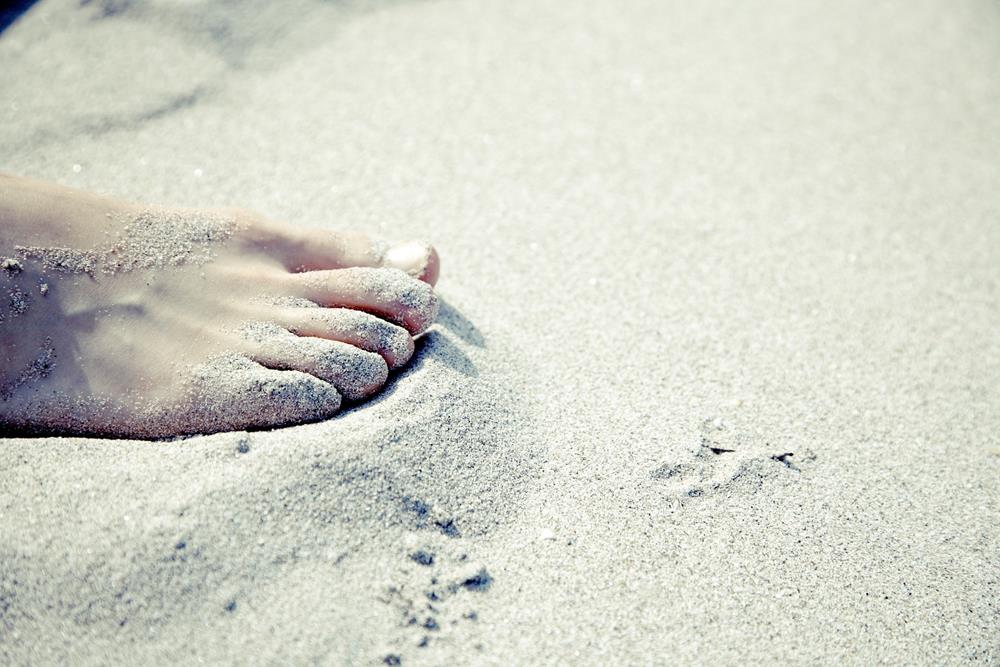
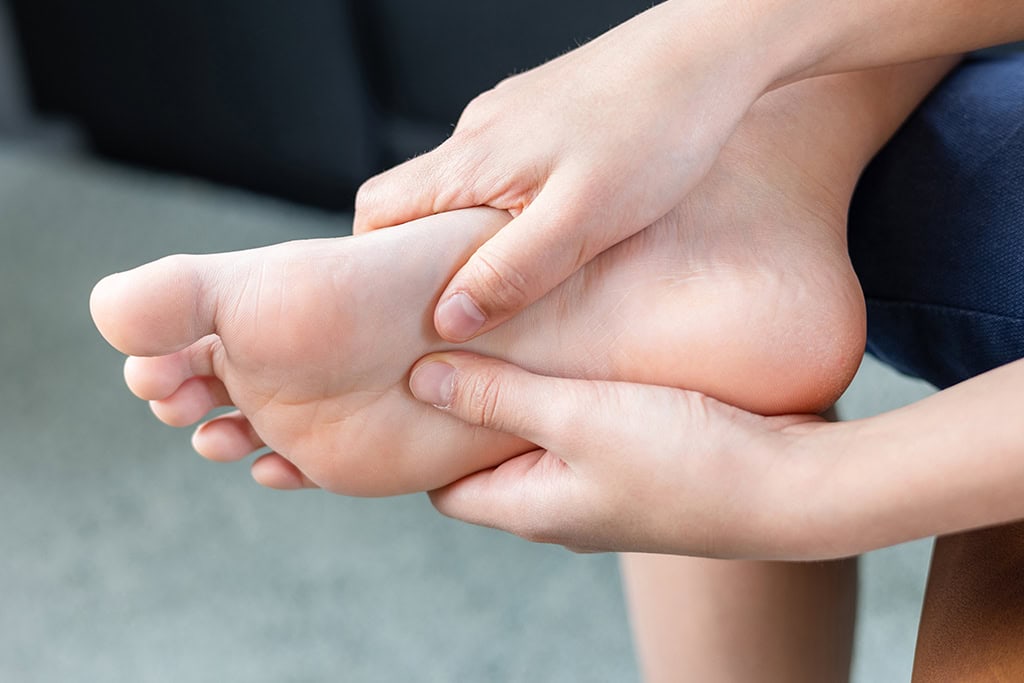
What are Foot Corns?
Foot corns are areas of thickened skin that form due to pressure or friction. They usually occur over bony areas, such as the tops or sides of toes or under the ball of the foot. Unlike calluses which are spread over larger areas, corns are small, round, and well-defined with a hard centre.
There are a few types of corns:
- Hard corns – Dense, compacted skin usually found on toe joints or pressure points
- Soft corns – Moist and rubbery, often found between toes where skin stays damp
- Seed corns – Tiny and often found on the bottom of the foot; may or may not be painful
Corns form as the body’s way of protecting itself, but when they become painful or recurrent, medical evaluation is important.
Symptoms of Foot Corns
You may have a corn if you notice:
- A small, round, raised area of thick skin
- Pain or tenderness when walking or wearing shoes
- Redness or inflammation around the area
- Discomfort that worsens with pressure or friction
- A central core that feels like a pebble in your shoe
It’s easy to mistake a corn for a wart, callus, or other foot lesion, especially in early stages. That’s why professional diagnosis is important before treatment.
What Causes Foot Corns?
Corns develop when skin is subjected to repeated friction or pressure. Common causes are:
- Tight or ill-fitting shoes that rub against bony areas
- High heels that shift weight to the forefoot
- Toe deformities such as hammertoes or bunions
- Abnormal gait patterns that increase pressure in certain spots
- Not wearing socks, especially with closed shoes
- Manual labor or standing for long periods
Corns are common in people with bony feet, arthritis, or poor foot alignment.
Book Your Appointment
Foot corns may seem like a small problem, but the pain they cause can ruin your whole day, from how you walk to what shoes you wear. At Vale Foot and Ankle, we know that even small foot problems can have a big impact on your mobility, comfort, and quality of life.
Diagnosing Foot Corns
At Vale Foot and Ankle, diagnosis starts with a physical exam and a chat about your symptoms, shoes, and activity level. We’ll examine the affected area and assess your overall foot structure and biomechanics.
If we suspect an underlying deformity or joint issue, we may take X-rays to better understand what’s causing the pressure point and whether deeper treatment is required.
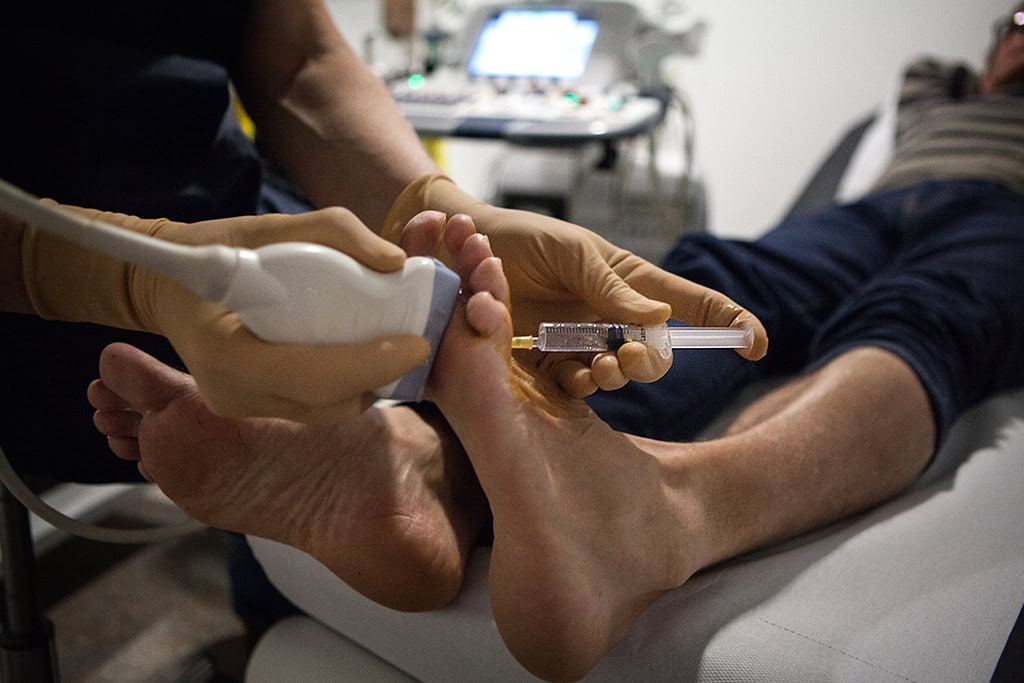
Non-Surgical Treatment for Foot Corns
Most corns can be treated in-clinic with conservative care, especially if caught early.
Common non-surgical treatments include:
- Trimming (debridement): Safe removal of the thickened skin by a medical professional
- Padding and offloading: Custom pads or cushions to reduce pressure on the affected area
- Custom orthotics: Inserts to improve foot alignment and reduce friction
- Footwear guidance: Recommending properly fitting shoes with wide toe boxes and support
- Moisturizers or keratolytic creams: In select cases, to soften the surrounding skin
We advise against using over-the-counter corn pads with acid, especially for people with diabetes or sensitive skin, as they can cause burns or ulcers.
When Is Surgery Needed?
In recurring or severe cases, especially when the corn is linked to an underlying structural issue like a hammertoe or bunion, surgical intervention may be required.
Surgical options may include:
- Correction of toe deformities to eliminate the pressure point
- Bony prominence removal (exostectomy) under the corn
- Joint realignment procedures to restore normal mechanics
Surgical treatment not only removes the source of pain but also prevents future corn formation.
Preventing Foot Corns from Coming Back
Once a corn is treated, we help you prevent recurrence with:
- Supportive, properly fitted shoes
- Daily use of moisture-wicking socks
- Padding for high-pressure areas
- Regular skin care to reduce callus buildup
- Gait evaluation and, if needed, orthotic use
Good foot habits make a big difference, especially for patients with chronic foot structure issues.
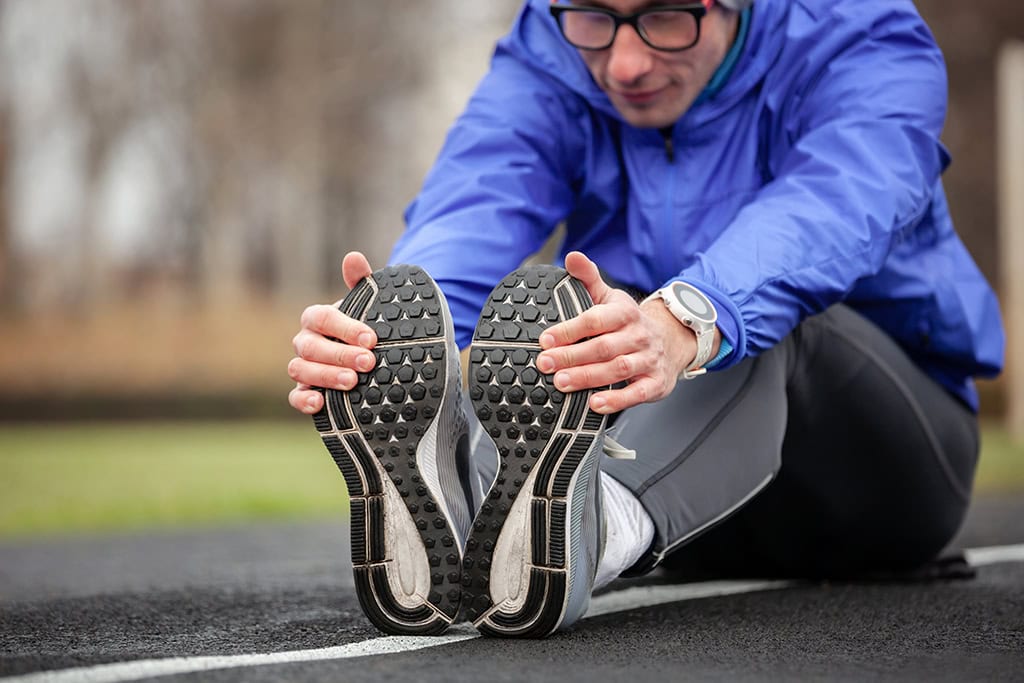
Trust Vale Foot and Ankle for Lasting Foot Corn Relief
Our team offers more than just temporary fixes; we address the surface symptoms and the underlying causes of corns. Whether you need in-office corn removal, pressure relief, custom orthotics, or surgical correction of a toe deformity, we’ll be with you every step of the way.
Don’t wait until walking becomes unbearable. Contact us at Vale Foot and Ankle today and take the first step to long-term comfort, better foot health, and no more recurring corns. We can help you walk pain-free every day.
Latest Posts
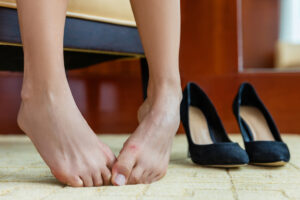
Tailor’s Bunion (Bunionette) Stages
A tailor’s bunion, also known as a bunionette, may seem like a small foot problem,
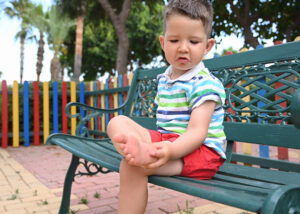
Pediatric Heel Pain: Symptoms, Causes, and Treatment
Children’s heel pain is common and typically treatable, but can be frustrating to daily activities,
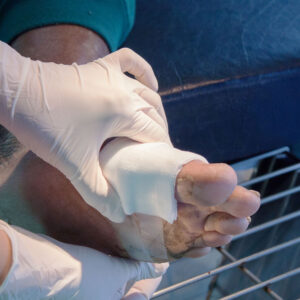
Diabetic Foot Ulcers: Treatment, Prevention, and Care
For diabetics, foot care is not a luxury but a way to prevent serious medical
